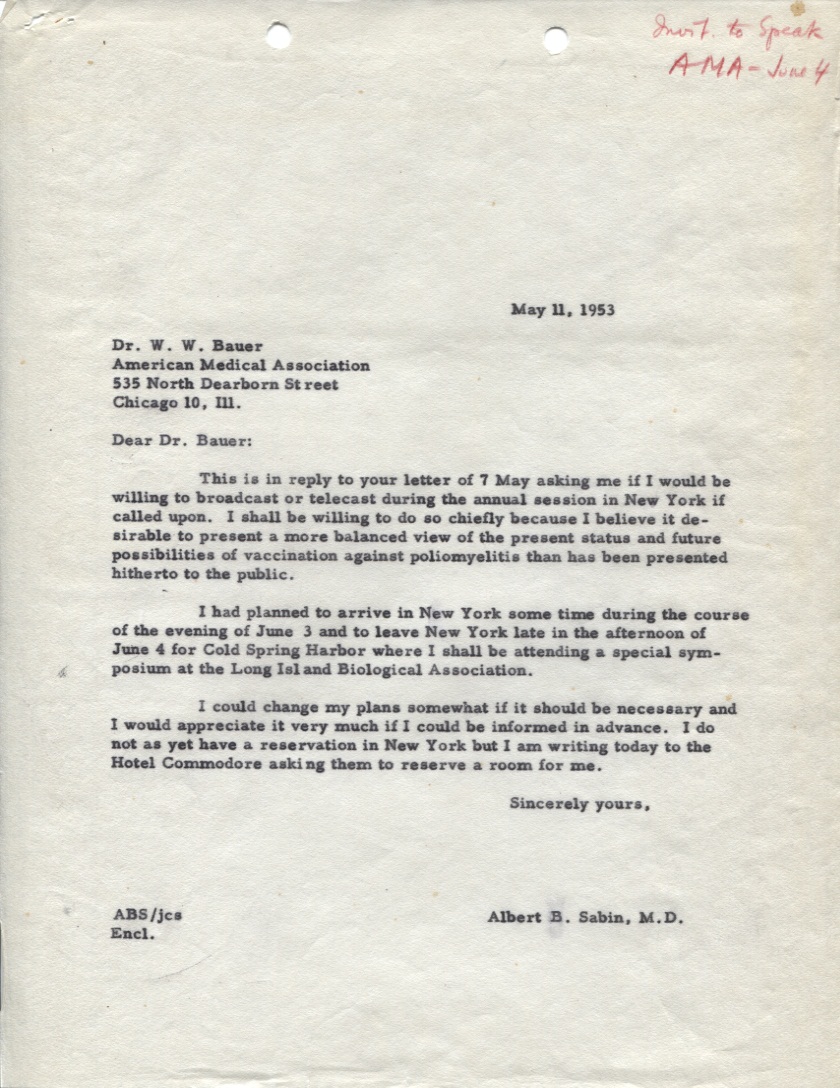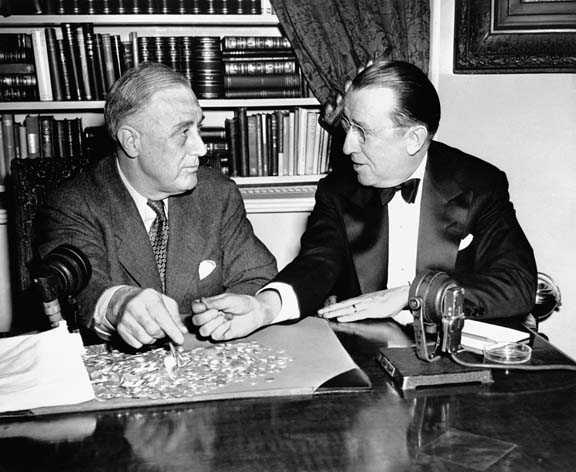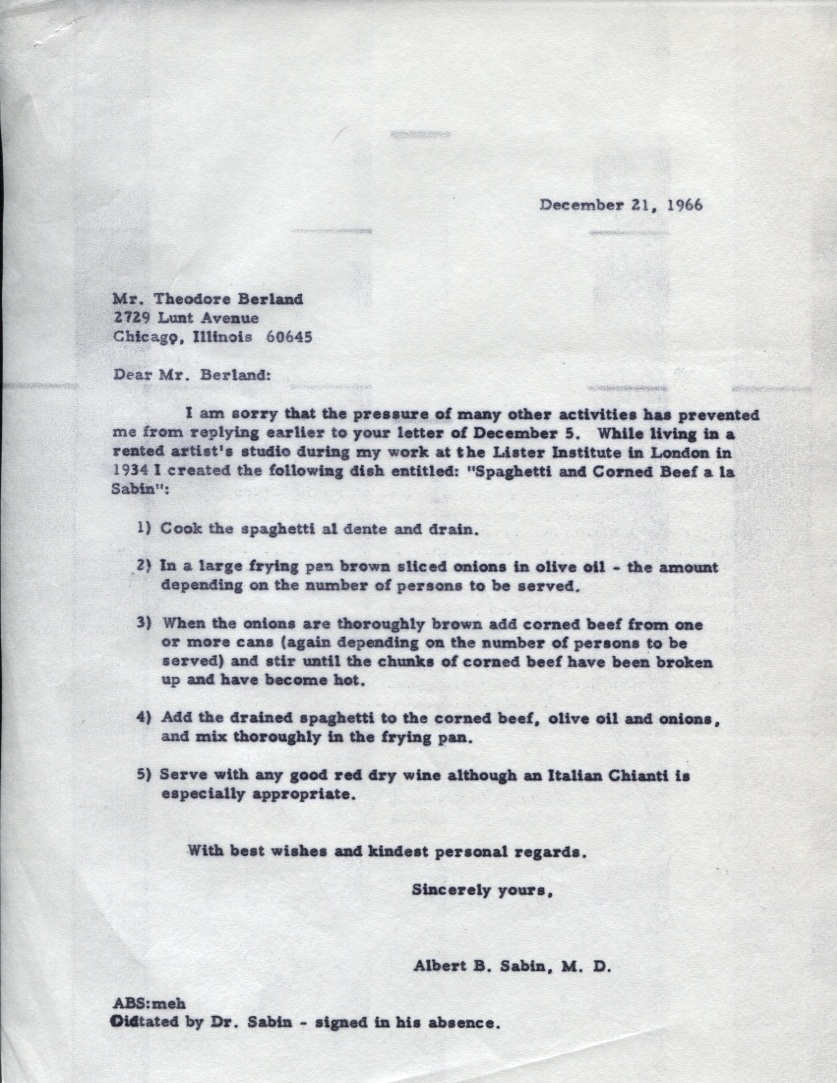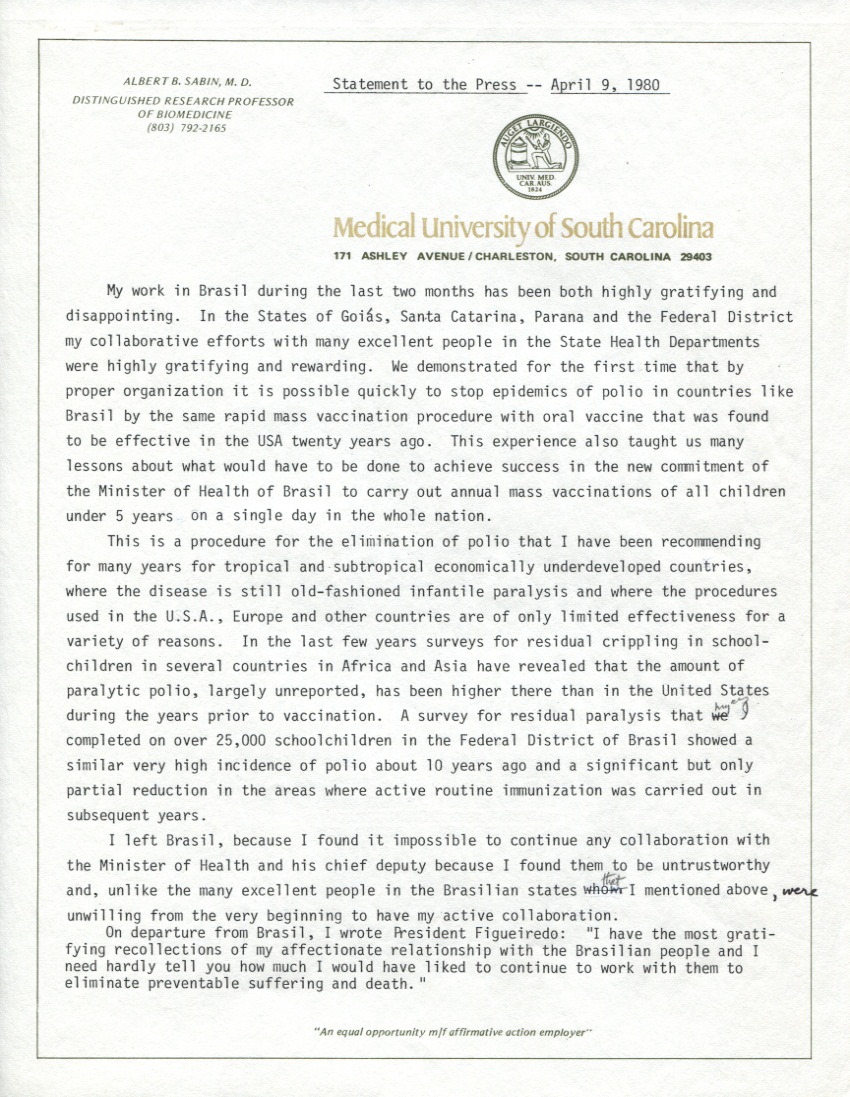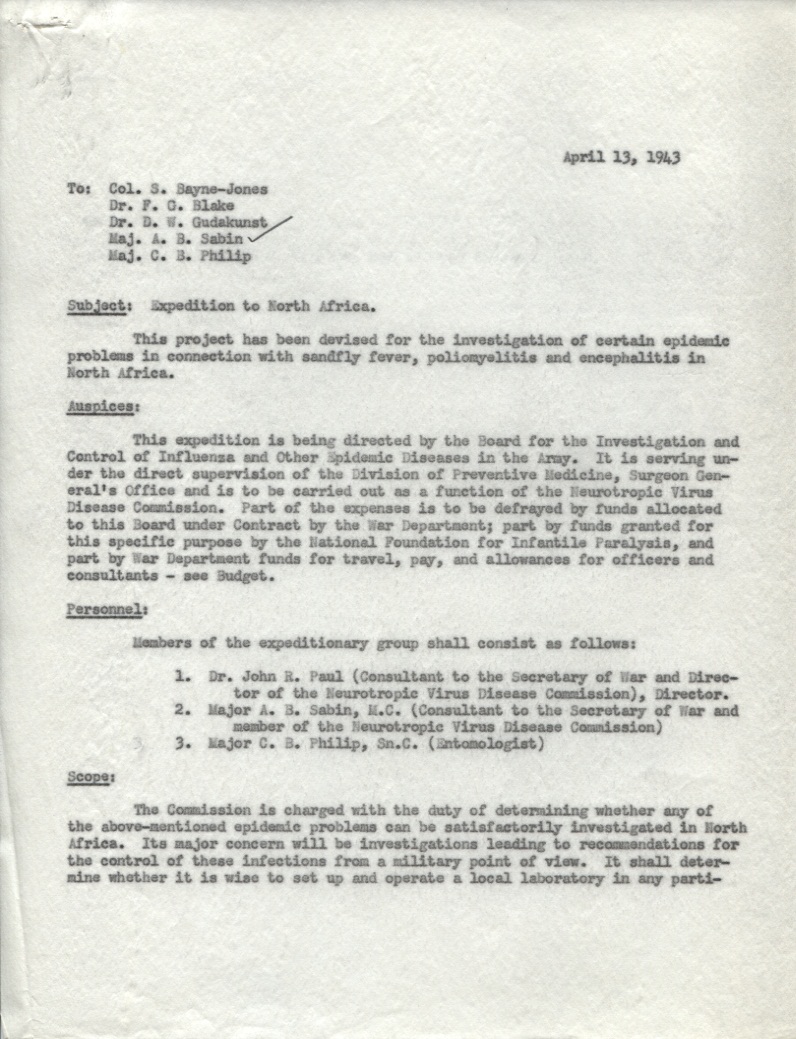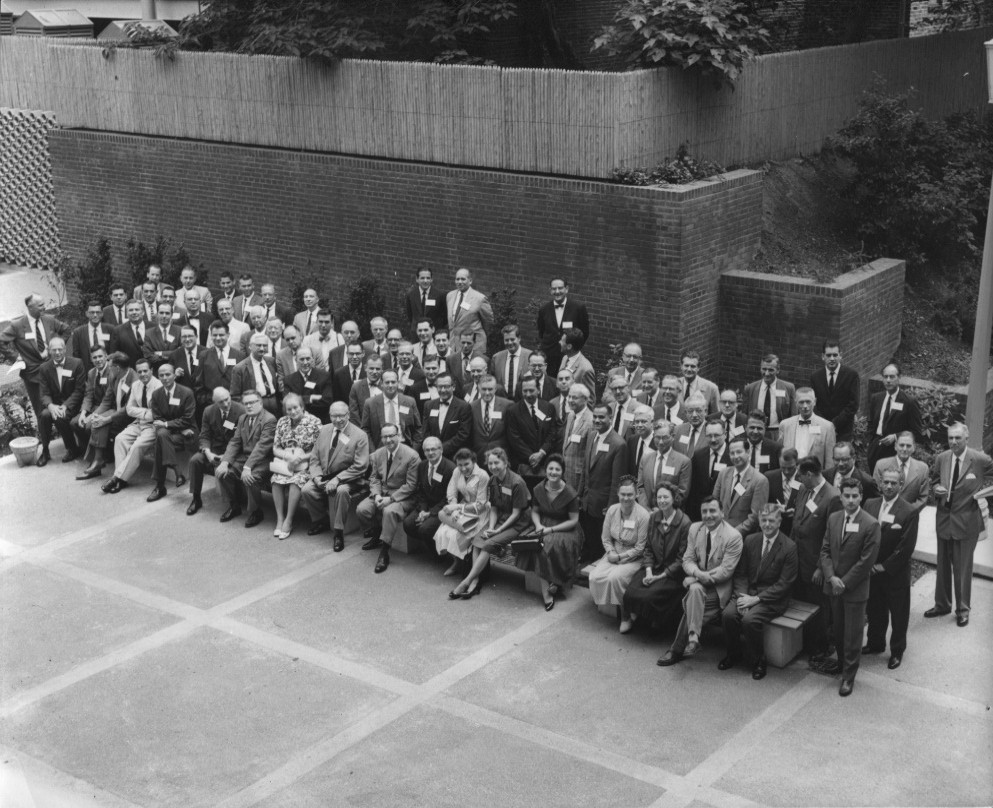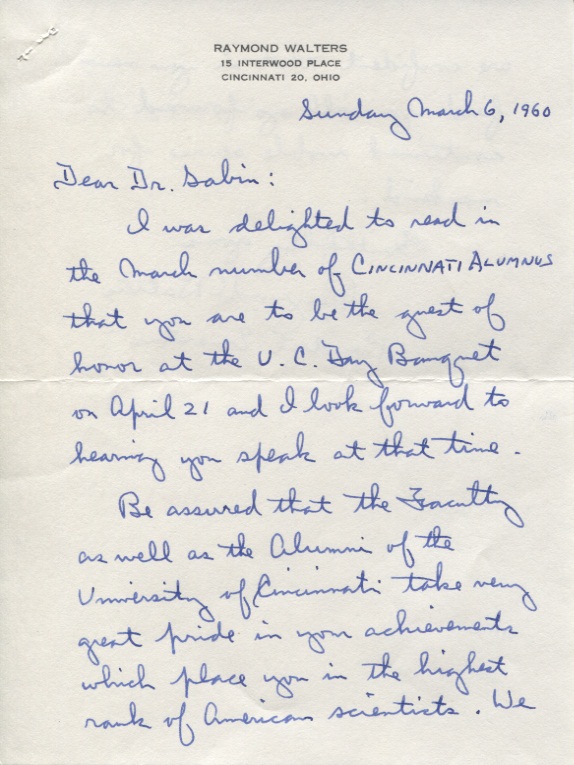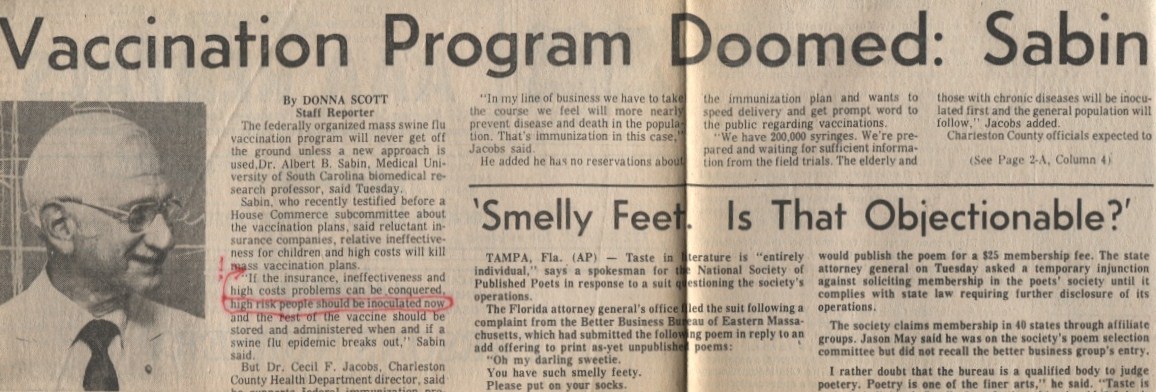In Hal Hellman’s Greatest Feuds in Medicine: Ten of the Liveliest Disputes Ever, one chapter is devoted to the dispute between Dr. Albert Sabin and Dr. Jonas Salk. Hellman chose this dispute as one of the ten that had “some special drama or scientific interest, that in some way influenced the future course of medical science, or that have had repercussions in our own day” (p. xiii). The chapter briefly discusses the history of polio and the development of the two vaccines, as well as the aftermath. Hellman argued that “Salk deserved better treatment” from his fellow scientists (p. 141). However, he also wrote, “But we must remember that in the Sabin-Salk feud there is no real victor” (p. 140).
In his analysis of the Sabin-Salk “feud,” Hellman mentions an incident in early 1953, where information about the killed-virus vaccine was leaked to the public prior to the publication of an article in the Journal of the American Medical Association. The newspaper articles about Salk’s vaccine gave the public hope in the fight against polio. On the other hand, these same newspaper articles painted Salk as a “glory hound” in the eyes of his fellow scientists (p. 136). Continue reading

